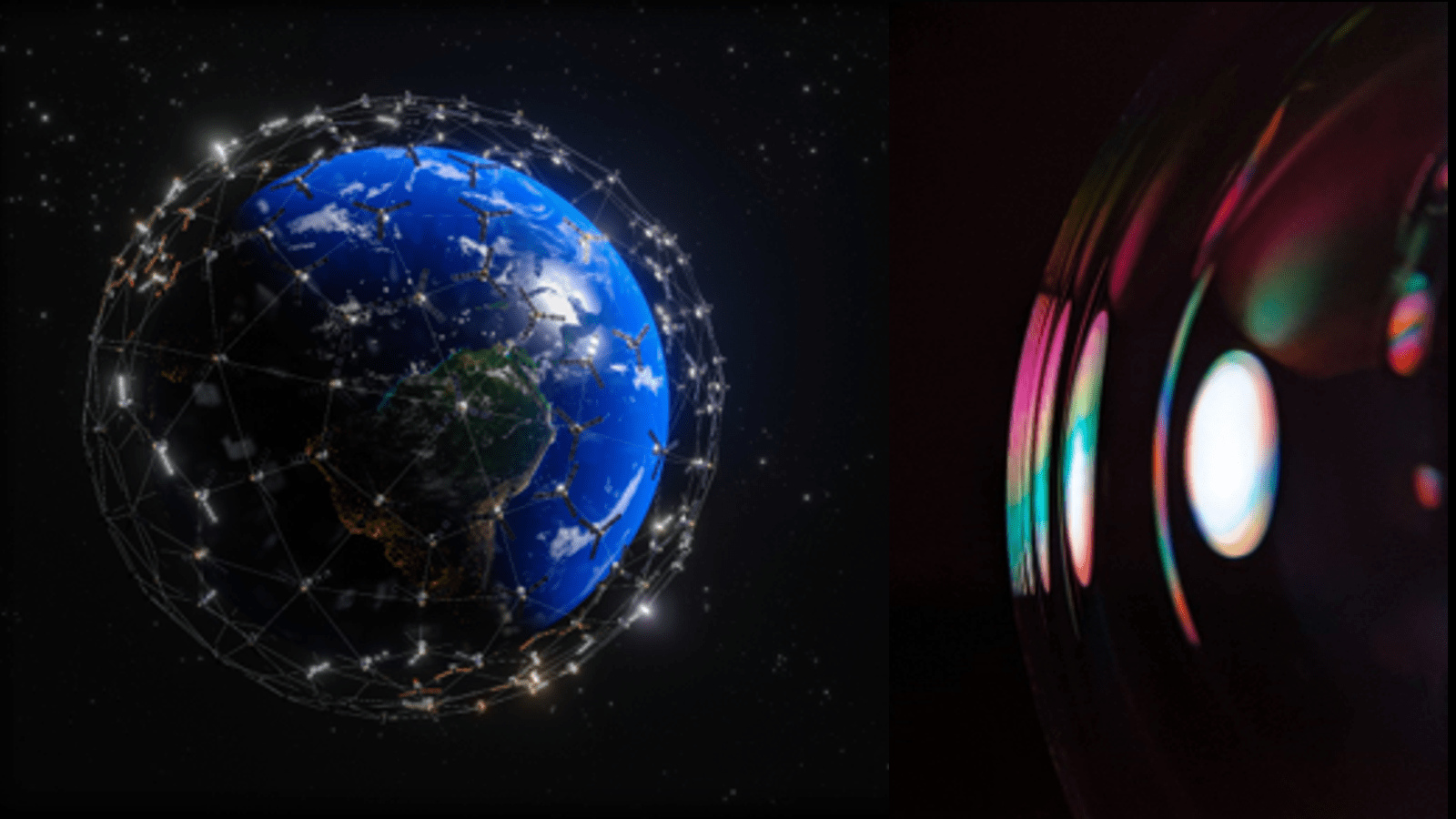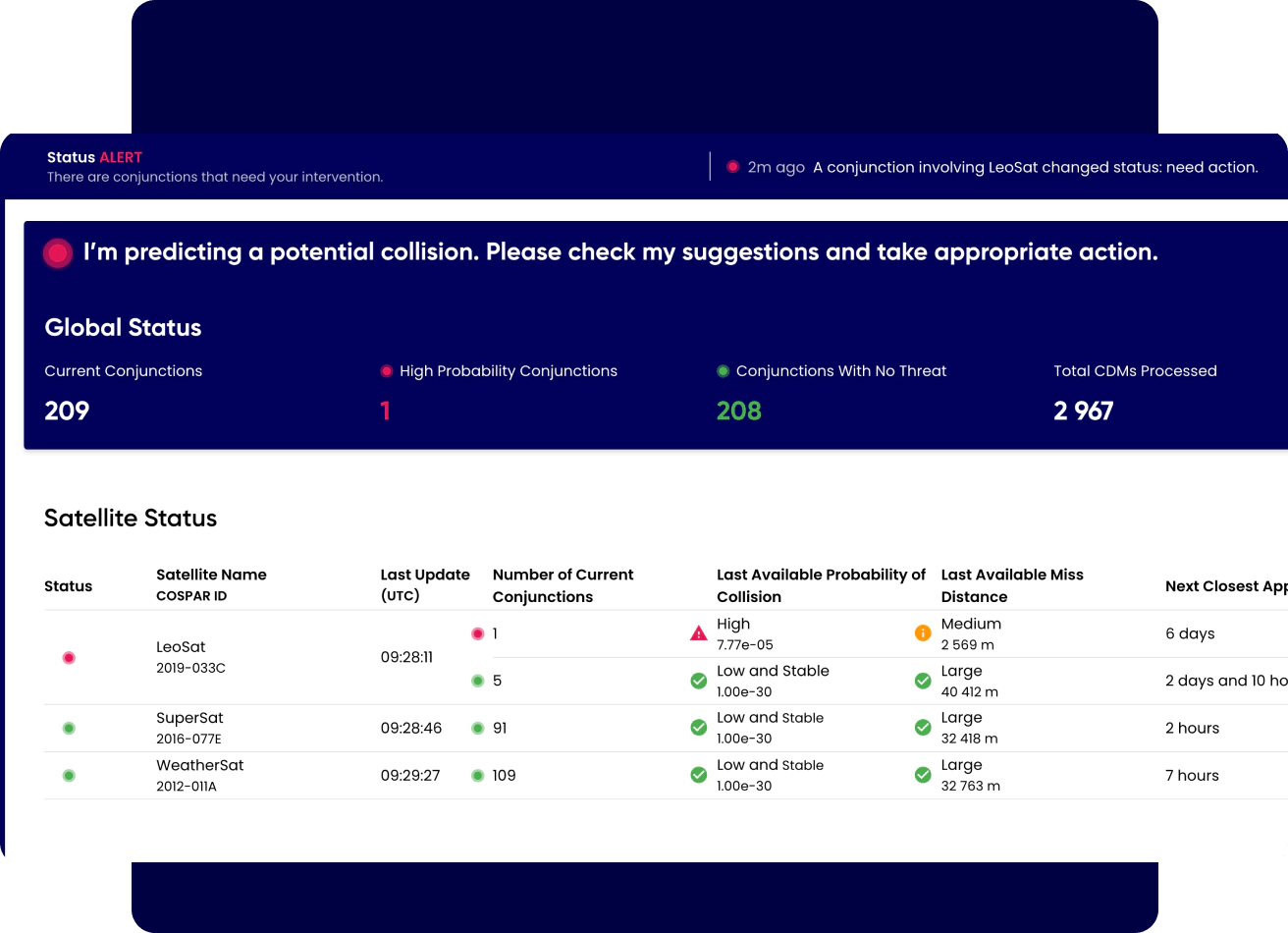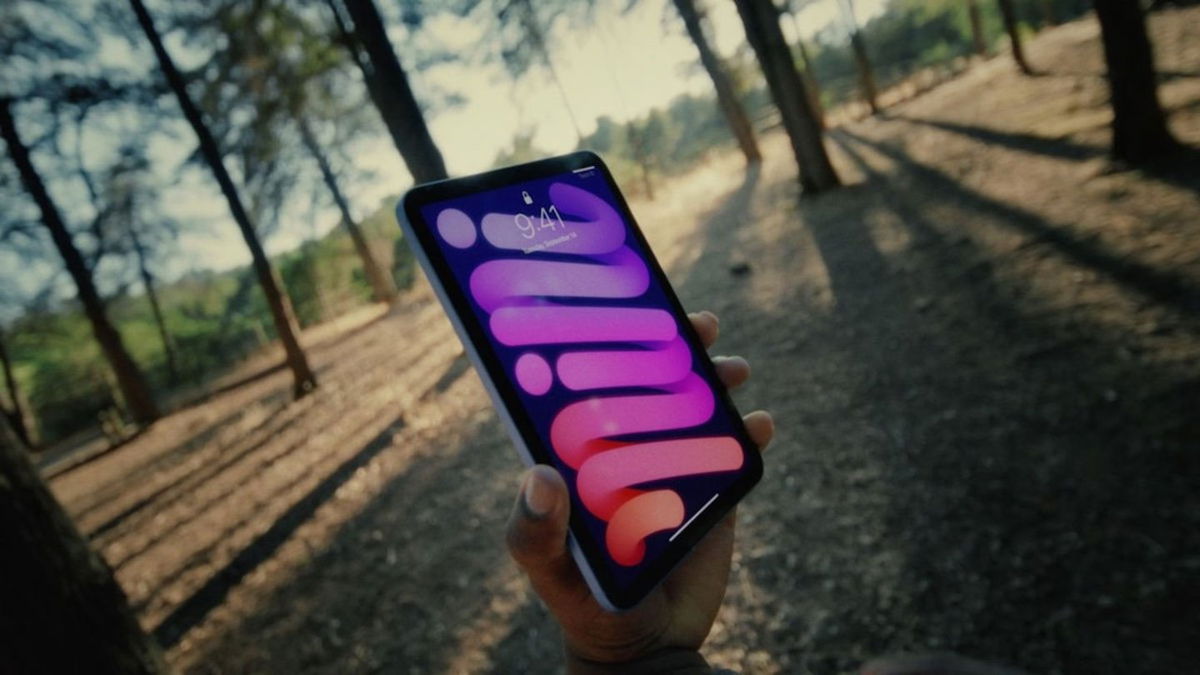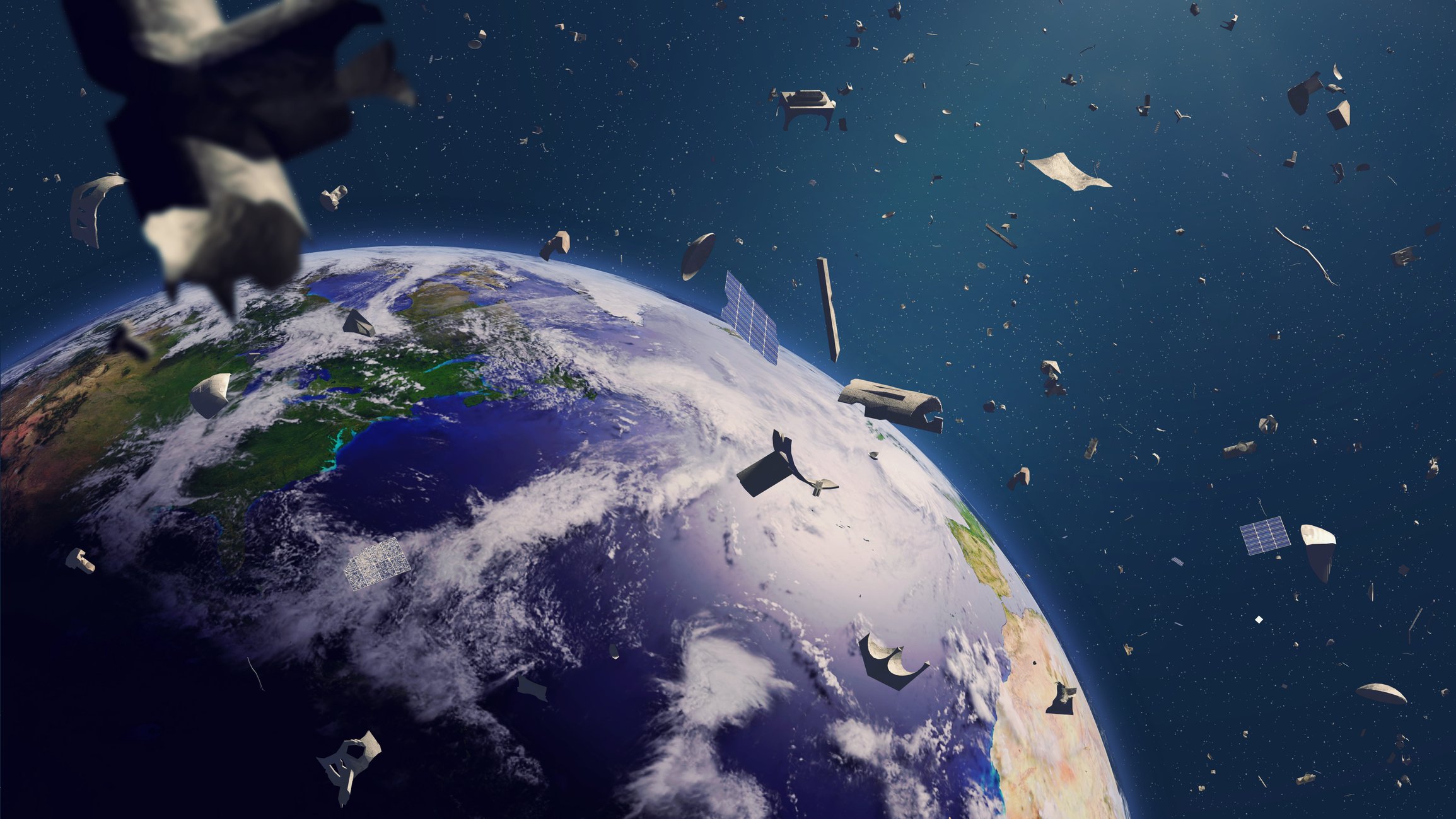A disaster may be about to befall our civilization hanging over our heads in low Earth orbit (LEO). According to the European Space Agency (ESA), There are currently more than 10,500 satellites orbiting the Earth. According to current estimates, it is a frightening number that may exceed 100 thousand in 2030.
While most of these objects are equipped with GPS, space debris (decommissioned spacecraft, abandoned rocket stages, and fragments left over from old explosions and collisions) can only be detected by ground-based radars that can track objects larger than 10 cm. But there are more than 130 million wastes smaller than this.
New technologies are being hastily developed by government institutions and private companies to prevent this declared disaster from occurring. Get to know some of them.
1 – New space debris sensors in orbit
Belgian startup ArcSec has developed a new technology that promises to improve tracking of these “stray bullets” in space. The strategy is to aim directly into space instead of trying to see these objects from Earth. To do this, new star trackers can connect to existing satellites and hitch a ride to LEO.
The ArcSec website explains that although satellites typically use star trackers to determine their position and inclination relative to the main stars in their field of view, other satellites, space debris, and meteorites can obscure it.
These observations will be used by the company’s new software to calculate the trajectories of these objects and send the measurements to space situational data providers for collision risk calculations. ArcSec says its trackers can detect fragments as small as 3 centimetersPossibility of creating an on-site waste tracking fleet.
2 – New technologies in terrestrial detectors

big challenge Terrestrial detectors will detect smaller debris through their radar. Most use UHF (ultra-high frequency) with radio wavelengths between 0.1 and 1 meter, which is insufficient. However, radars with shorter wavelengths and higher frequencies (so-called S band) have limitations because these shorter waves travel slower through space and do not reach higher orbits.
To overcome these problems, supersensitive optical cameras are being developed. In addition to being able to track multiple objects simultaneously, can see smaller debris and much higher altitudes than S-band radars.
Cheaper, says British company Raytheon NORSS IFLSscienceCameras such as LOCI (Low Earth Orbit Optical Camera Installation) continuously scan the sky looking for objects passing through their field of view, and upon detecting them, capture a variety of additional information about their state.
3 – Artificial intelligence algorithms will help satellite operators

Whatever the technology used by spatial situational data providers, they all have a common routine: The final decision on whether to take a maneuver to avoid collisions is the responsibility of analyst teamsEvaluating alert notifications received from the US Space Surveillance Network.
The problem is that as the number of satellites in orbit grows exponentially, the number of collision alerts also increases. Because of the challenges of keeping up with the risks posed by their equipment, some, such as SpaceX’s Starlink, are adopting automated solutions. To get data faster and speed up decision making.
In this sense, Portuguese startup Neuraspace is developing an artificial intelligence-based spatial situational awareness system. “It saves time and effort in analysis and calculation and offers a reliable solution in the form of accurate calculation and analysis-based maneuver recommendations,” the company said. IFLSscience.
4 – Spacecraft collecting space debris

According to ESA, to prevent the orbital environment from getting out of control, Five to ten large pieces of space debris need to be removed every year. The problem, the agency says, is that instead of removing trash, we’re adding more trash.
To reverse this dangerous balance, space agencies and private companies are developing new models of spacecraft that can function as space debris collectors. in 2026 ESA will launch a mission called ClearSpace-1 that will attempt to capture a 112kg rocket adapter and burn it into the atmosphere.
Another space waste collection company, Japan’s Astroscale, has a collection project called COSMIC, which stands for Outer Space Cleanup Mission by Innovative Capture. The first targets, two decommissioned British satellites, are also expected to be lifted in 2026.
Follow the latest developments in technology and science at TecMundo. If you wish, take the opportunity to explore the different types of artificial satellites available.
Source: Tec Mundo
I’m Blaine Morgan, an experienced journalist and writer with over 8 years of experience in the tech industry. My expertise lies in writing about technology news and trends, covering everything from cutting-edge gadgets to emerging software developments. I’ve written for several leading publications including Gadget Onus where I am an author.












